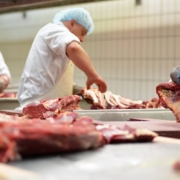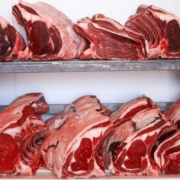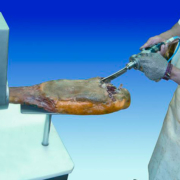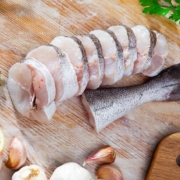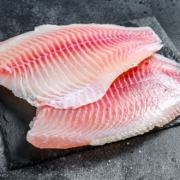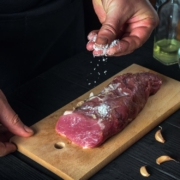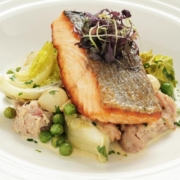Wagyu beef: What makes it so special and expensive?
Wagyu beef, originally from Japan, has earned a global reputation for its extraordinary quality, flavor, and texture. Its high price is justified by several factors that distinguish it from other types of beef.
Exceptional Marbling
One of the most distinctive traits of Wagyu beef is its high degree of marbling, which refers to the distribution of intramuscular fat. This marbling not only gives the beef unique juiciness and tenderness but also enhances its flavor. Wagyu fat melts at a lower temperature, resulting in a buttery, smooth texture that literally melts in your mouth.
Specific Care
The process of raising Wagyu cattle is meticulous and requires a lot of attention and time. Japanese farmers use traditional techniques that include a special nutrient-rich diet, regular massages to relieve muscle stress, and a stress-free environment. These practices ensure the cattle grow in optimal conditions, contributing to the superior quality of the meat.
Superior Genetics
Wagyu cattle genetics also play a crucial role. Wagyu breeds, particularly Tajima, are known for their genetic ability to develop a high content of intramuscular fat. This genetic trait, combined with careful breeding, produces beef of unmatched quality.
Strict Regulations
Japan maintains very strict regulations on the breeding and export of Wagyu. Only cattle that meet rigorous standards can be labeled as authentic Wagyu. This ensures that the meat is of the highest quality but also limits supply, which contributes to its high price.
Culinary Experience
Wagyu beef is not just a food; it is a culinary experience. Chefs worldwide appreciate its versatility and the depth of flavor it brings to dishes. Its ability to elevate any recipe makes it a highly sought-after gastronomic delight.
In summary, Wagyu beef is special and expensive due to its exceptional marbling, specific care during breeding, superior genetics, strict regulations, and its ability to provide an unparalleled culinary experience. These characteristics justify its high price and explain why it is so highly valued in the gourmet world.



